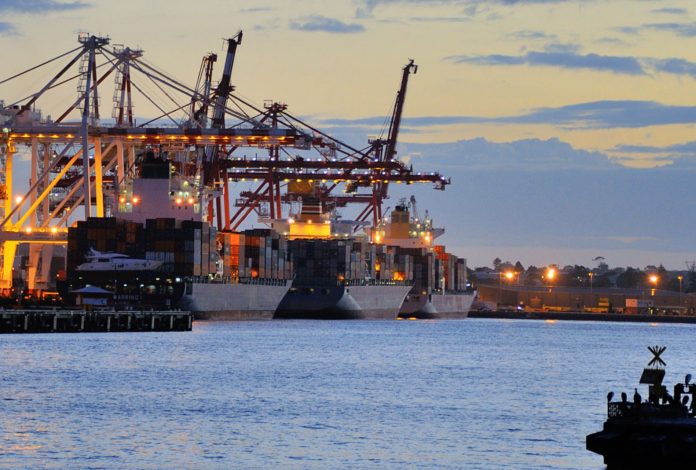
Close to 6% of the global boxship fleet is now idle, up from just under 5% a week ago, according to Alphaliner. It appears that it is mainly the carrier-controlled small and mid-sized vessels that are now unemployed.
Alphaliner’s count suggests that 338 vessels totalling around 1.48 million TEUs are now inactive, as freight levels, cargo volumes, and port congestion revert to pre-Covid-19 levels.
The inactive fleet was dominated by 1,000 TEU to 2,000 TEU ships, with 74 idle vessels followed by 3,000 TEU to 5,100 TEU range, of which there were 64 idle vessels.
Vessel inactivity increase across all ship size classes with the exception of very large and ultra large ships above 12,500 TEUs, where it remained more or less stable, with just 31 inactive ships.
Idle ships are defined as vessels that are not generating revenue, such as those in warm or cold lay-up, in-between service assignments for longer-than-normal periods, arrested, detained, abandoned, or idle for any other reasons.
Alphaliner said, “Even with slow steaming and the deferment of newbuilding deliveries, the falling freight rates and crumbling cargo volumes continue to push the amount of commercially idle tonnage up. For now, however, this unemployed fleet grows somewhat slower than expected.”
Carrier-controlled vessel idling continued to dominate the segment with a total capacity of 651,488 TEUs, while the non-operating-owner idle tonnage stood at 84,651 TEUs.
Meanwhile, the number of ships in drydock tallied at 189 units, up 24 ships from two weeks before. In terms of capacity, the ships undergoing maintenance, repairs and conversions only increased by a moderate 35,777 TEUs to reach 741,467 TEUs.
Martina Li
Asia Correspondent
 Hotline: 0944 284 082
Hotline: 0944 284 082
 Email:
Email: 


 VN
VN